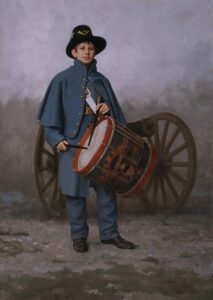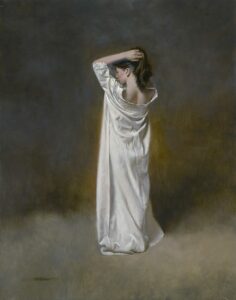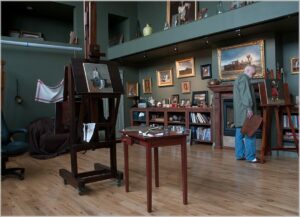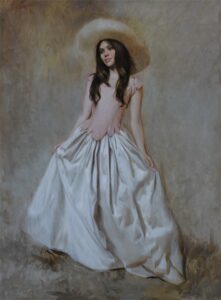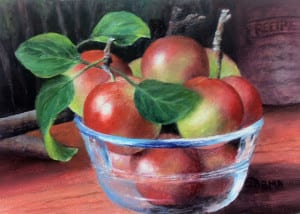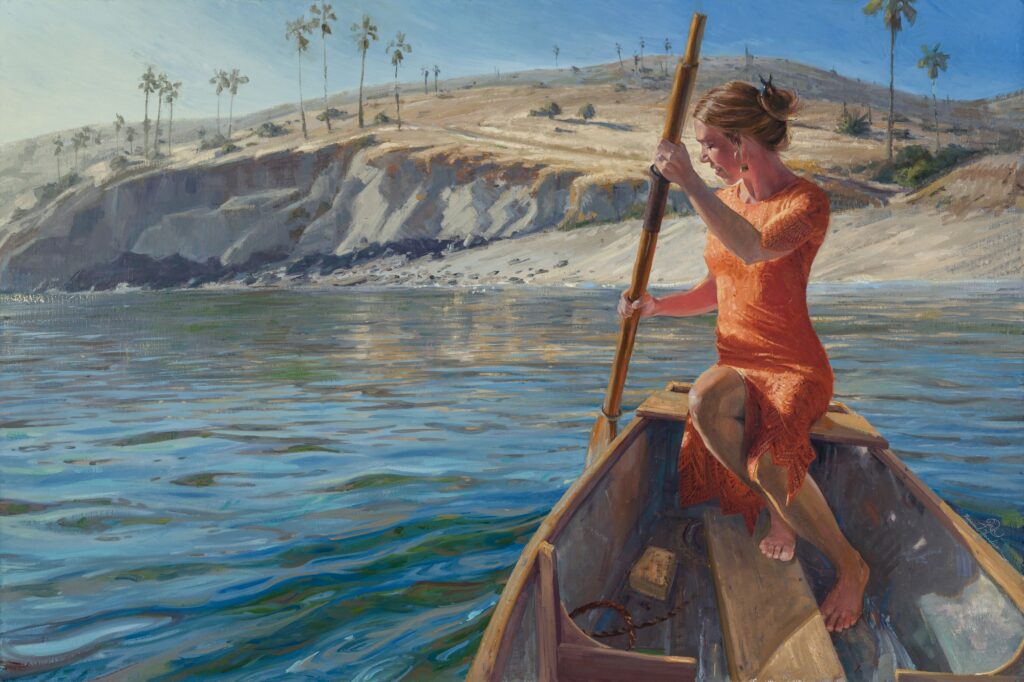
24″ x 36″
Among the many artists’ organizations in this country, I feel that the Oil Painters of America is unique in the sheer number of events, programs and services that it provides its members. I am making this observation after having a discussion with a member about OPA’s unique operating strategy compared to other art groups. This member mentioned recent research comparing many of the leading artists’ organizations in the country according to their “operating efficiency”. Drawing on publicly available 501(c)3 filings, the research showed how these organizations compare based on the amount of earnings generated per member, and the percentage of stockpiled cash reserve. I was pleased and not surprised to find that the Oil Painters of America was ranked lower than most of the other organizations for cash reserve.
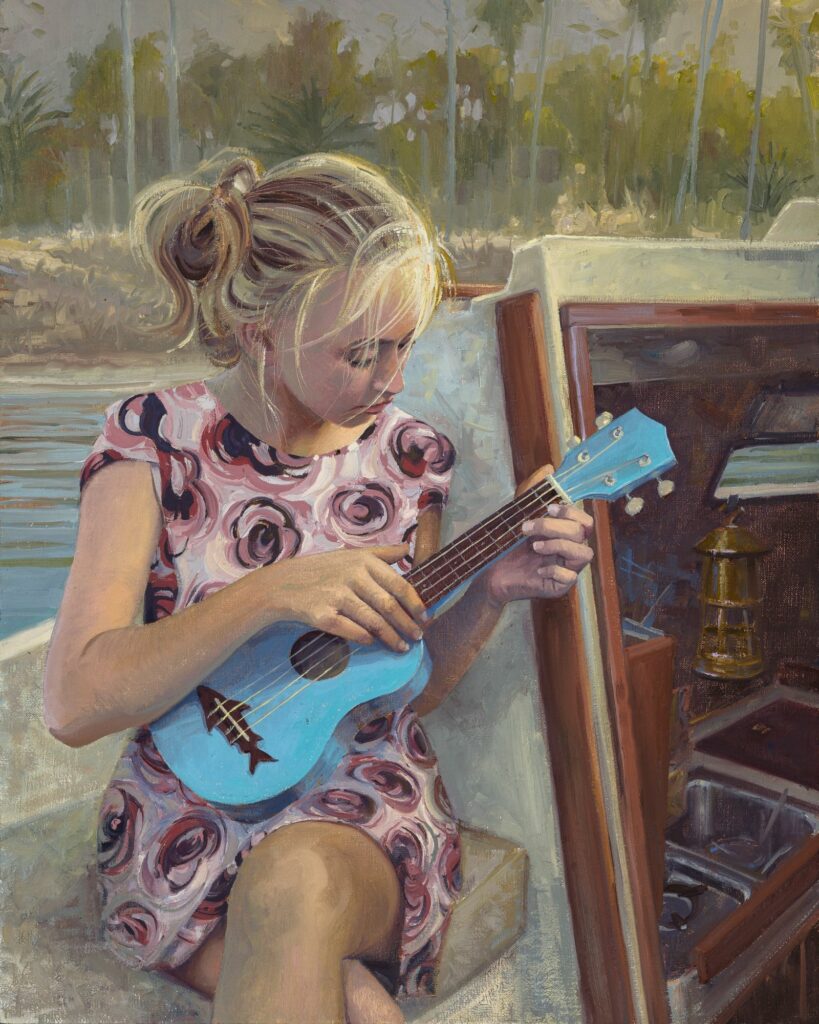
20″ x 16″
While it is good to have a reserve in place to help an organization through financial fluctuations, it is hardly the purpose of a non-profit to generate income and stockpile cash.
Our goal as an organization is to serve our membership well, using our funds to create the maximum benefits that we can afford, while being financially responsible and keeping moderate reserves.
We perpetually look for ways to add value to our OPA “family” and to serve our membership. Spending on OPA member benefits is a valuable investment. We spend our funds on education through Lunch and Learns, student awards, our newsletter and blog, as well as educational sessions and demos at our many exhibitions. We spend our funds on shows that promote our artists online and at physical shows. Our funds are there to serve our members.
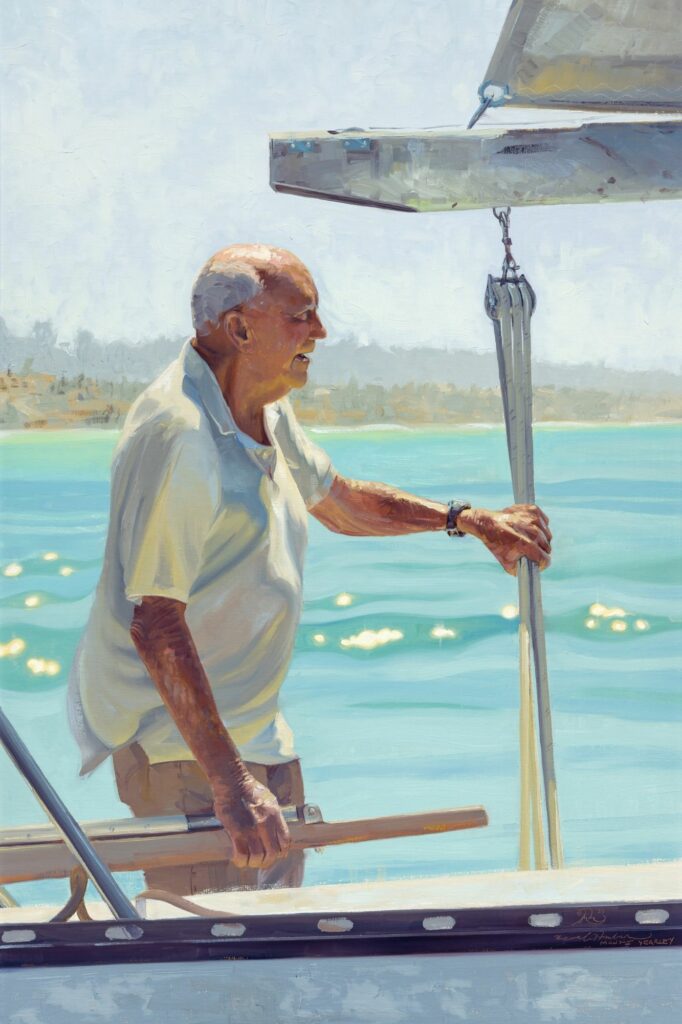
36″ x 24″
While it is important to keep “rainy day” reserve dollars, what’s even more important is using all
that we can to help our artists succeed and, as per our mission; “advance the cause of traditional, representational fine art by drawing attention to the lasting value of fine drawing, color, composition and the appreciation of light”.
I was particularly gratified to have these reflections supported by a letter that was passed on to me. It was written by one of our members, Micaiah Hardison, who suggested that other arts organizations could learn from the example of the OPA.
I close by sharing his observations…
Susan Abma
OPA President
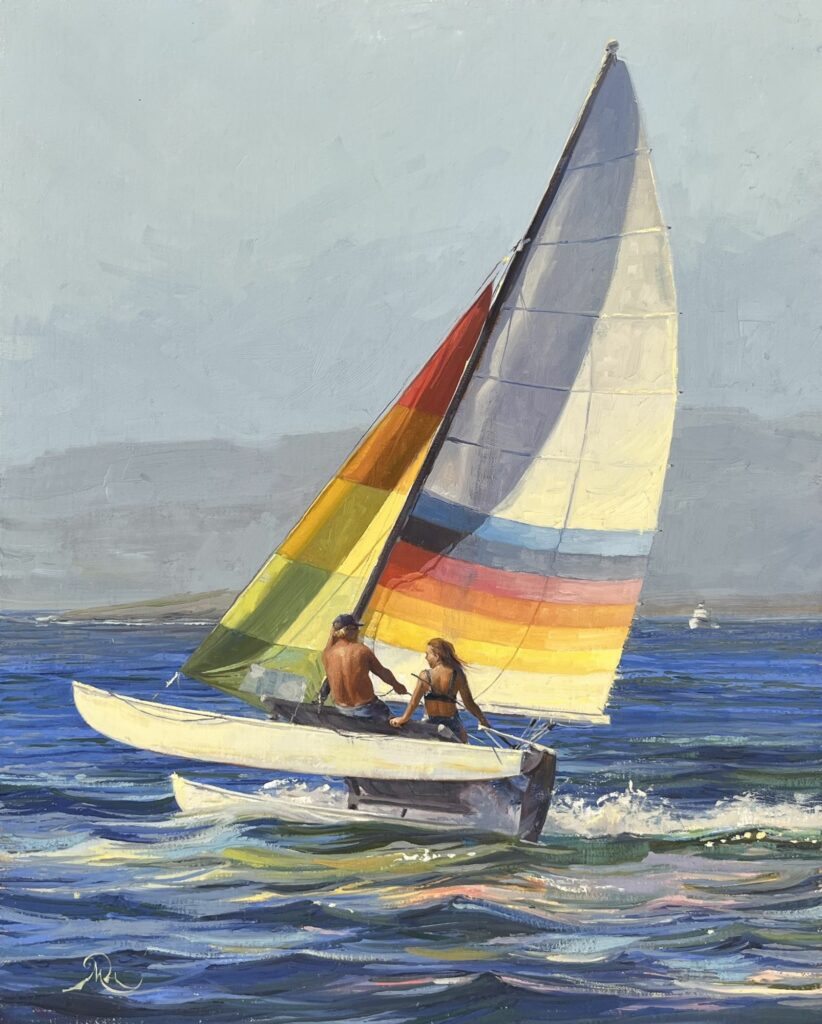
20″ x 16″
“OPA is like a working parent, providing opportunities and resources for the family. Income is used to the benefit of the family, which keeps it alive and thriving. The children are healthy and able to learn to support themselves and others. The more they receive the more they offer and give.
OPA is accelerating artists’ careers and providing opportunities for them to show and sell their work in galleries and offering prize money. They have about a dozen shows and competitions every year, along with an annual convention, workshops, paint-outs, etc. The advancement and success of its members’ skills and careers is its top priority. This is the value, motivation and validation most artists are looking for.”
— Micaiah Hardison
To view a video on Hardison and his visit to the 2024 OPA National Exhibition and Convention
go to: https://youtu.be/89aths7DwNo?si=w7vUB2697ECLHgJv
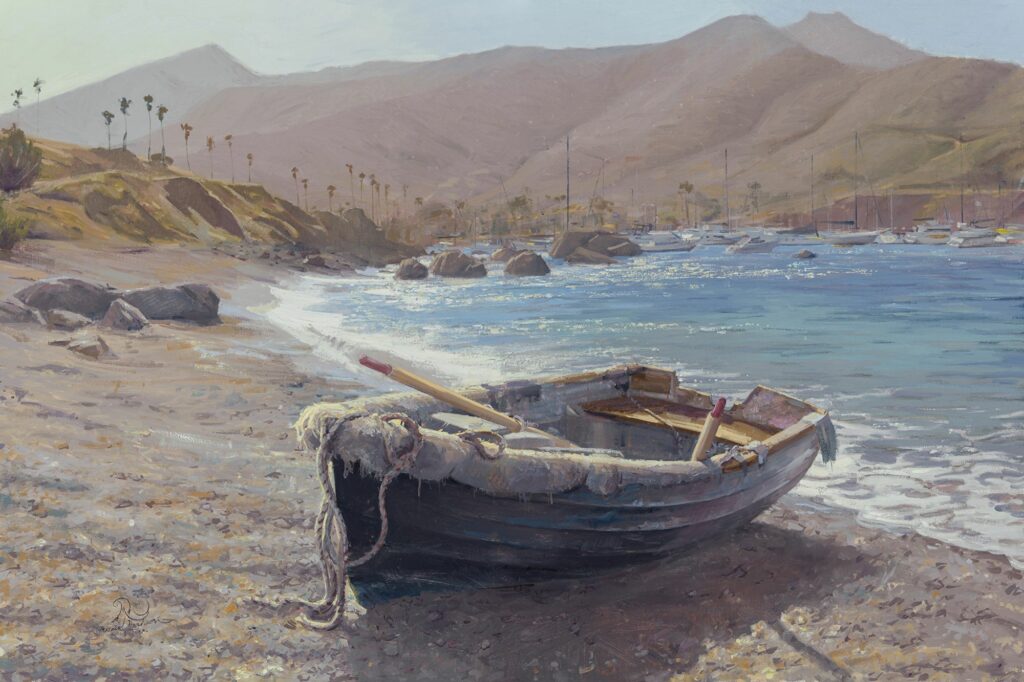
24″ x 36″
